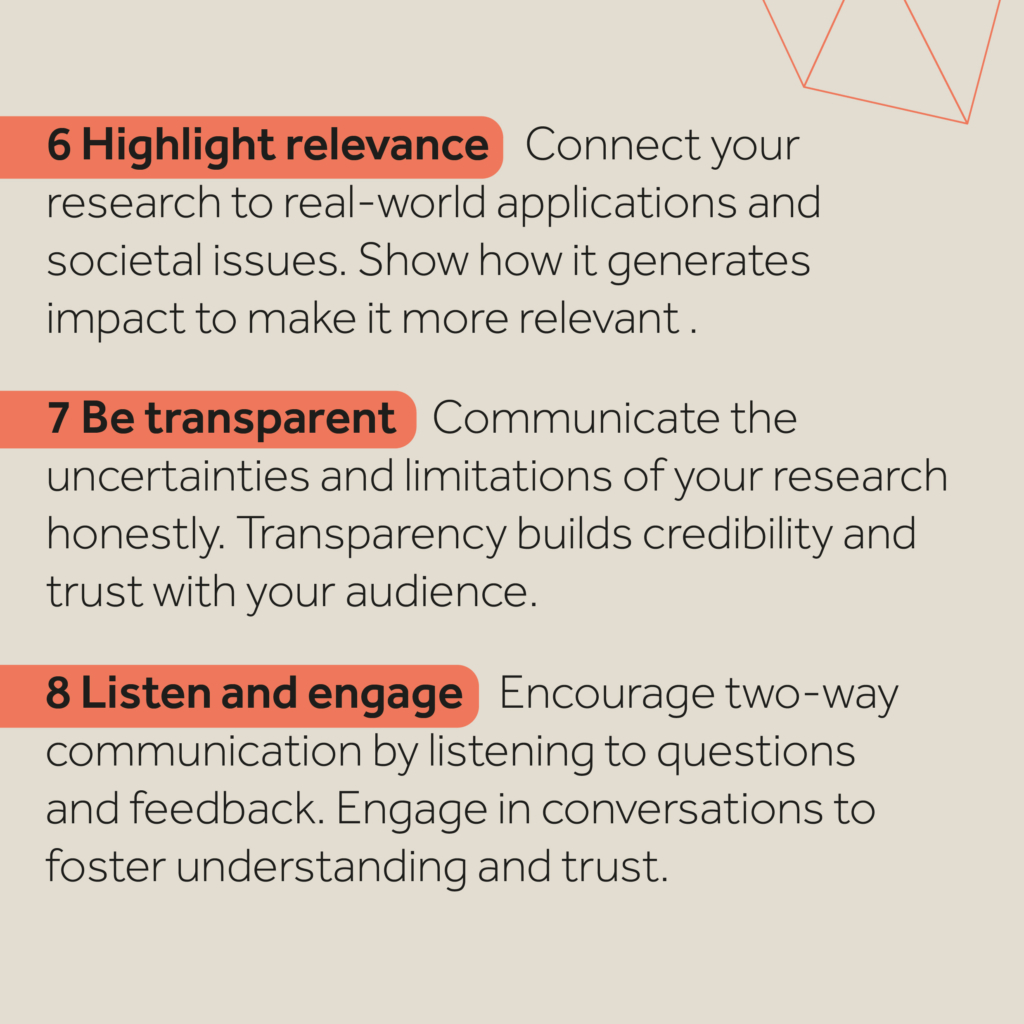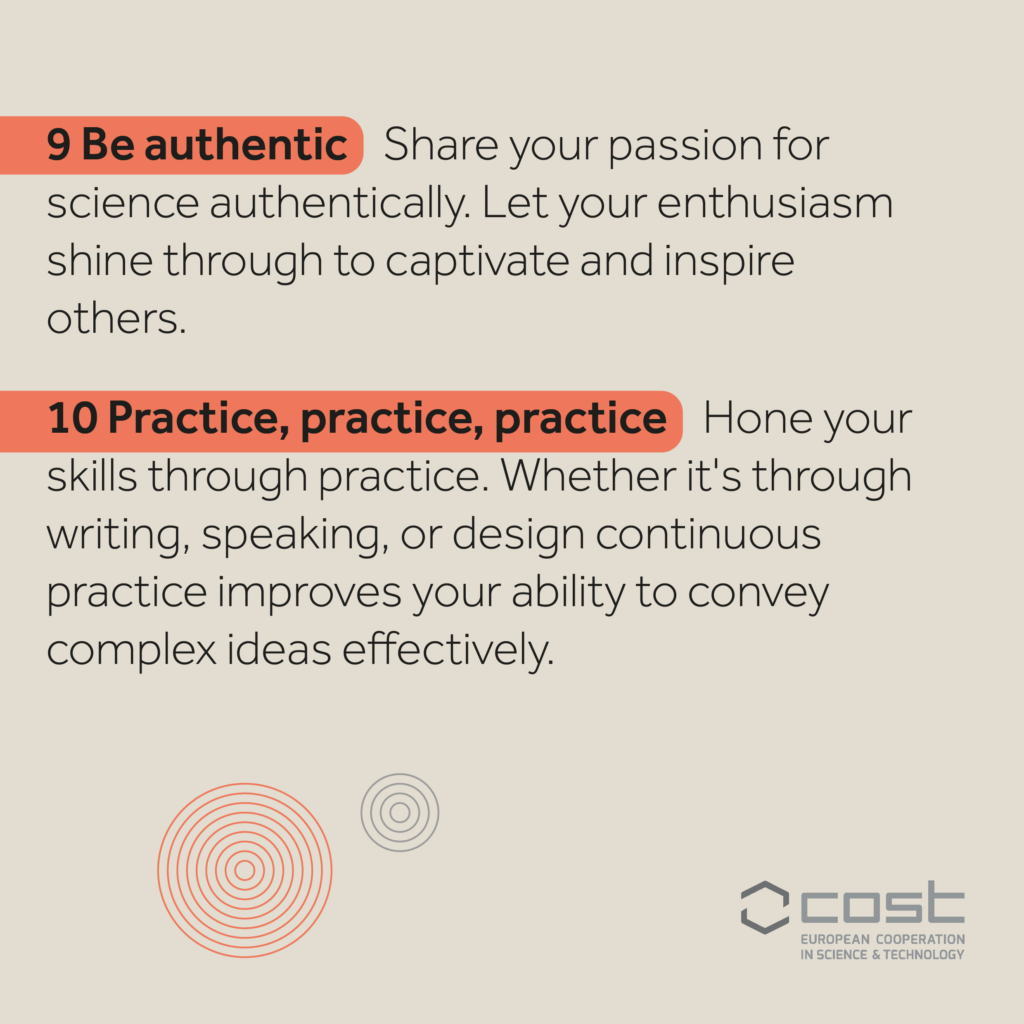Science communication aims to convey scientific information to various audiences in an accessible and understandable manner. It involves translating complex scientific concepts, research findings, and theories into language and formats that can be easily understood by non-experts, such as the general public, policymakers, media professionals, and young people among others.
Additionally, the competitive nature of academia can encourage researchers to prioritise publishing in high-impact journals over engaging in outreach activities or communicating their work to broader audiences.
Last Autumn, COST welcomed 70 new COST Actions. These new research networks cover a huge variety of Research and Innovation fields including numerous topics that impact our daily life. During the kick-off of these networks the Actions elect key leadership positions including a Science Communication Coordinator. This role is crucial to support and coordinate the outreach activities during the network’s lifetime and at the same time, they find themselves propelled to the center of science communication.
For many individuals, taking up this role is a strategic decision to help tackle new challenges and contribute to the wide dissemination of their Action’s results. However, despite the appetite for science, translating the evidence into a common language and developing skills to explain how it works is even more challenging, especially for a first time science communicator.
Another obstacle is the complexity of scientific concepts and terminology. Many scientific topics are inherently abstract and require a certain level of background knowledge to grasp fully. In other cases, there is also scientific jargon that can create barriers. Do we all speak the same language when we are a multidisciplinary network from around 25 countries? COST is well aware of the challenges faced.
A dedicated peer-to-peer workshop
In February and March 2024, to better support this new generation of science communicators, COST organised two dedicated workshops on ‘How to make the most of communication for your COST Action’.
The sessions focused on providing key information to support them in their new assignment. In addition, the workshop shared best practices from ongoing COST Actions to help participants navigate the multitude of tools, channels, and formats they would need to choose from whilst developing a communication strategy and what would best suit their network.
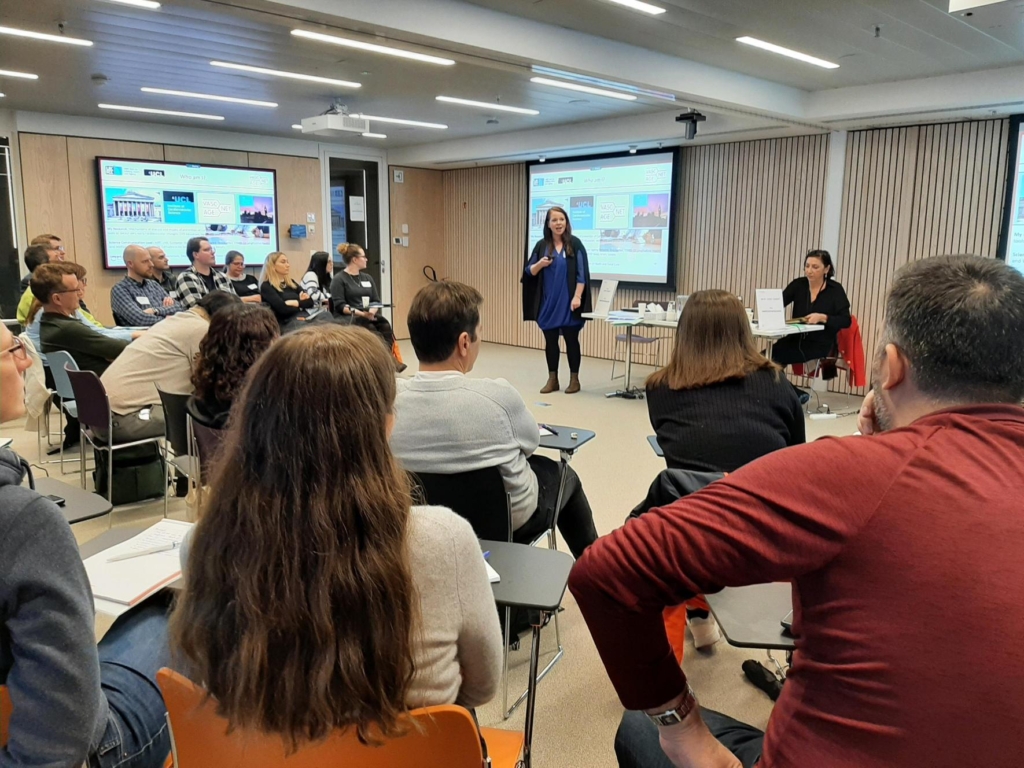
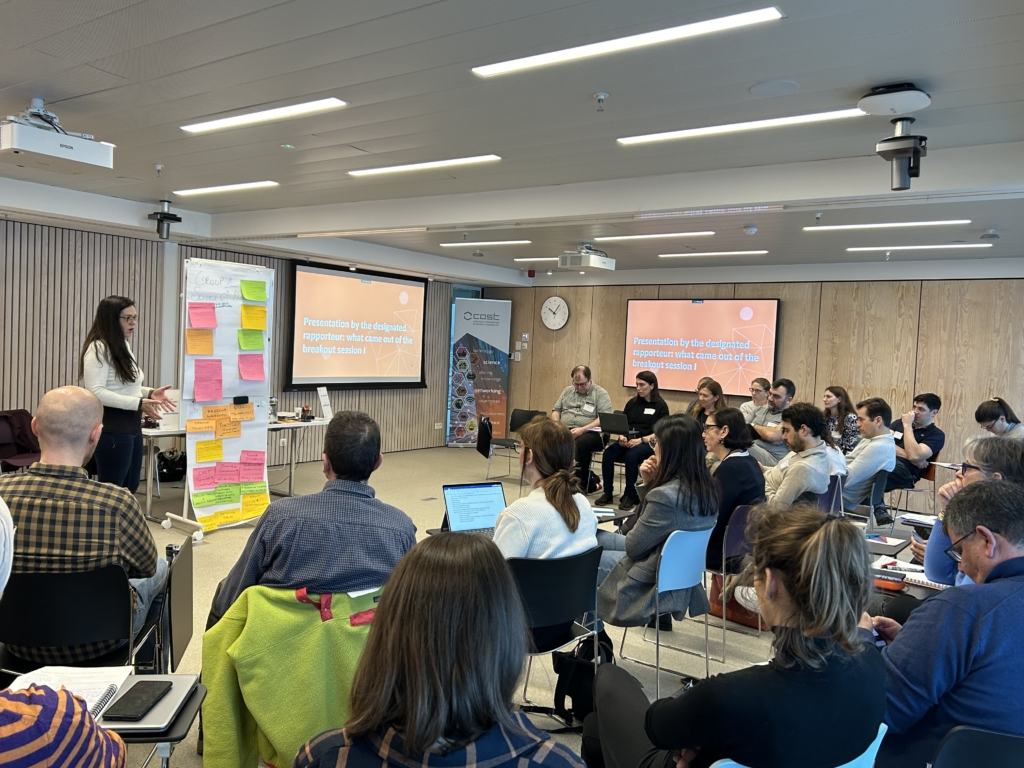
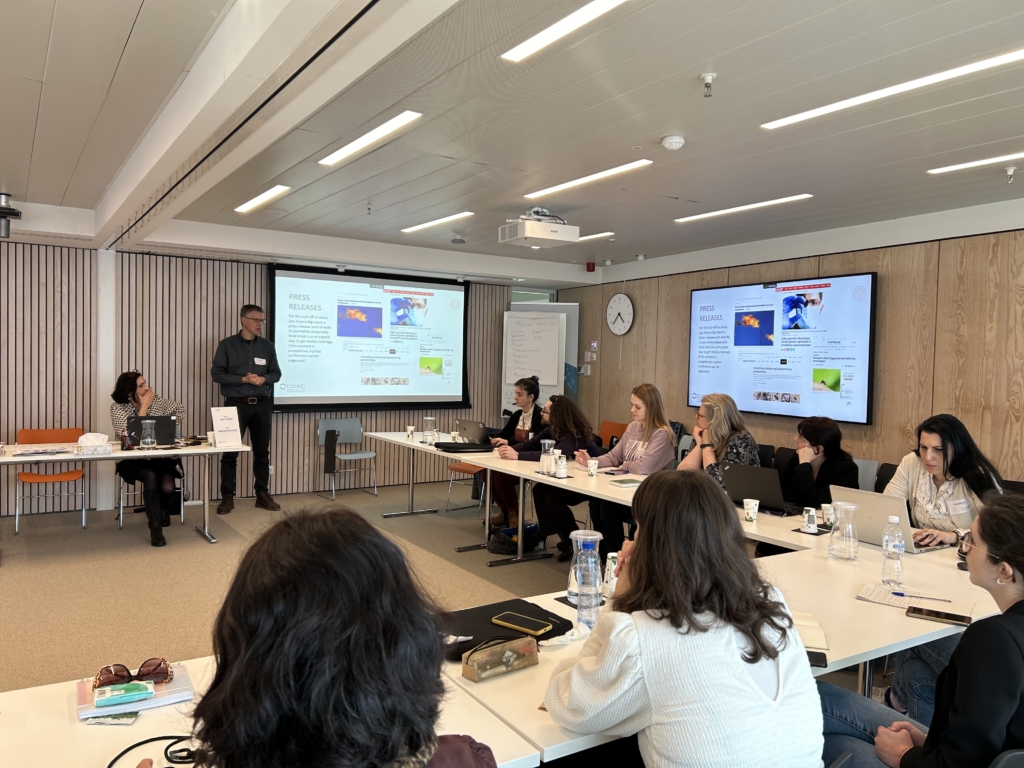
COST invited two science communication coordinators to share their experiences in order to spark creativity, stimulate inspiration, and showcase some concrete examples of great science communication. Among the many tips and advice provided, both invited speakers highlighted initiatives where science can be creatively translated to raise awareness to a wider audience. It creates a visual impact that strongly supports the message a COST Action may wish to convey:
Draw me a heart
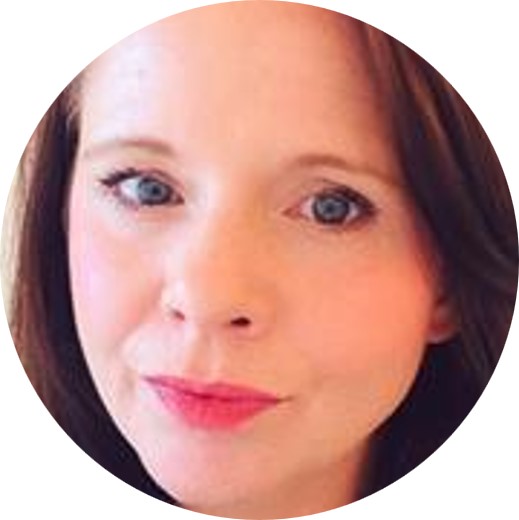
Chloe Park, from the University College London and Science Communication Coordinator for the Network for Research in Vascular Ageing (VascAgeNet), explained how their Action developed their own identity, tailored strategy, and creative ideas to help address this issue.
VascAgeNet created its own World Vascular Ageing Week, which is now in its 3rd edition to raise awareness. In addition, the network was willing to engage with a younger audience. It introduced their ‘Science Buddy’ letterbox which is a dedicated area of the VascAgeNet website where children can ask experts any questions related to the heart and arteries. Among other initiatives to help better understand perceptions related to vascular ageing and involve public engagement, they have also developed creative initiatives like a drawing contest, engaging animations for adults and children in many different languages, and a series of posters and comic strips.
Comics to understand genetics
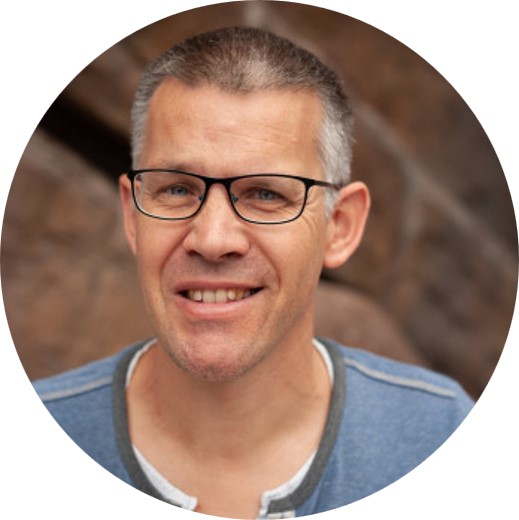
Dr Peter Galbusera, from the Royal Zoological Society of Antwerp and Science Communication Coordinator of the Genomic Biodiversity Knowledge for Resilient Ecosystems (G-BiKE) network, explained how they have developed a comic series to translate the complexity of genetics.
The ‘Genes on Wheels‘ comics use an intermediate step with sequences showing up the explanations of genes. Using the symbolism of a bike helps visualise the whole range of biodiversity levels, from genes to ecosystems. In 2022, the G-BiKE network hit the road to Montreal, to attend the UN’s Convention on Biological Diversity – COP15, to demonstrate how science can meet policy needs.
In both cases, when it comes to explaining complex issues, the strategy to use the approach ‘how it works’ has proven to be a successful approach that enables the Action to engage with the relevant stakeholders while raising awareness. Chloe and Peter both highlighted how this was not obvious when they embarked on these tasks. However, they emphasised the importance of defining a concept, an idea from the start of the Action which can be used in all their communication initiatives.
Ultimately, allowing us to understand how complex issues can me made accessible a broad and varied public proved very inspiring our new candidates taking up the position of Science Communication Coordinator.
Start with a strategy
The last part of the workshop was dedicated establishing the foundations of a communication and dissemination strategy. It was a great moment to approach key questions such as: What is needed to design an effective communications strategy? What are the activities planned and who are the target audience/stakeholders? How to navigate from dissemination to communication? What tools and platforms to use? What is the impact foreseen when you have limited resources? What does success look like for you? How to manage internal communication when the network is spread across many different countries?
This interactive format enabled participants to discuss the above questions in small groups to lay down the skeleton of their strategy. By raising key questions together with their peers, participants can develop a comprehensive communication strategy that fits their own goals to effectively share their work with the world and maximise its impact.




